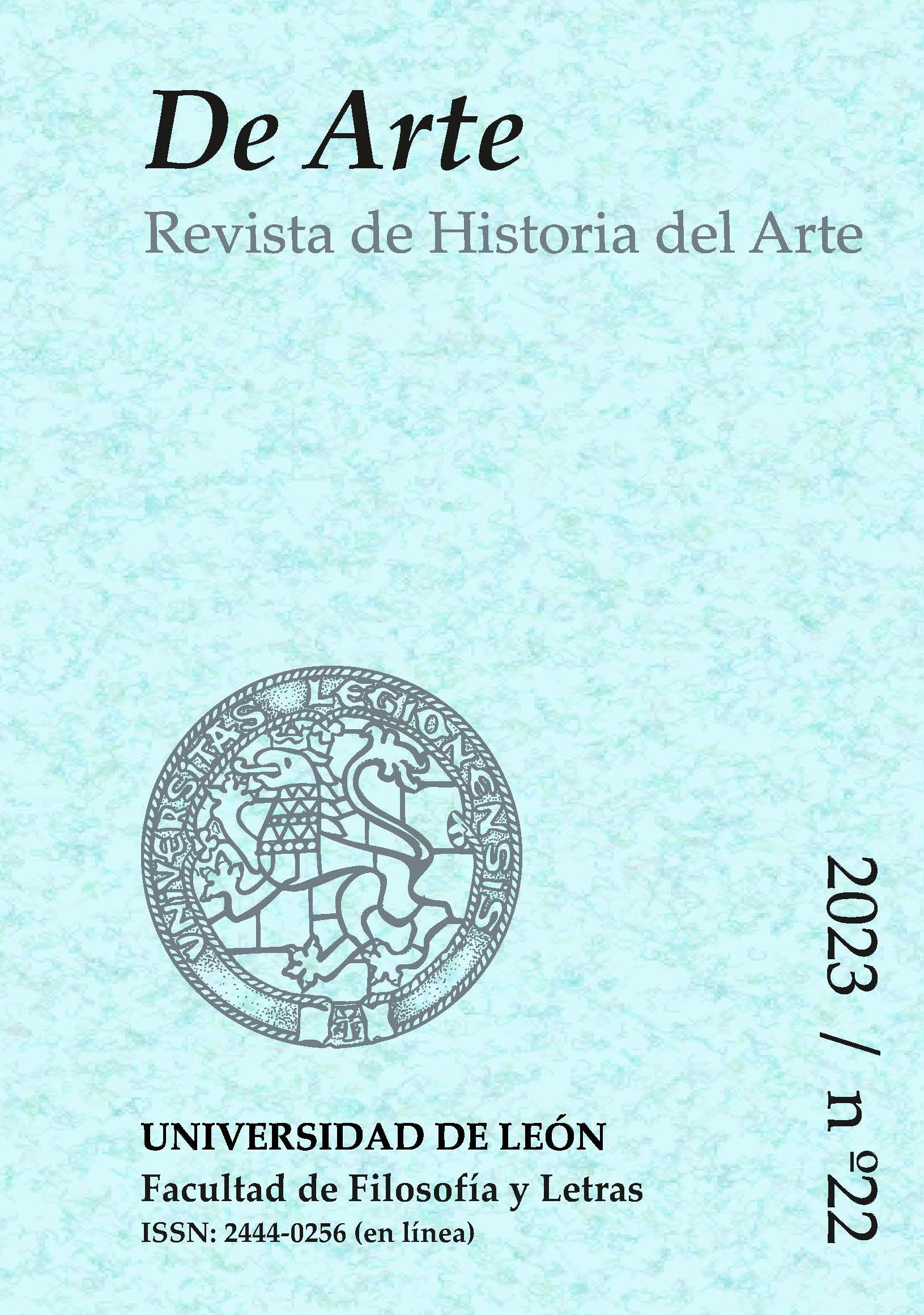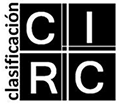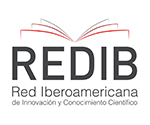The Güell Pavilions of Antoni Gaudí as an example of new mythology
DOI:
https://doi.org/10.18002/da.i22.7603Keywords:
Antoni Gaudí, Güell Pavillions, L´Atlàntida, new mithology, aesthetic geometryAbstract
The Güell Pavilions are known for being the first work that Antoni Gaudí built for the person that would become his main patron, Eusebi Güell. For years, these buildings have been considered to have some functional roles, and to contain some sporadic references to the L’Atlàntida, a poem written by Jacint Verdaguer. In this paper, however, I will argue that this work of Gaudí is more than this, since L’Atlàntida was already a good example of the idea of a new mythology, and Gaudí intertwined these literary references with “aesthetic geometry”, which had been reconstructed by the German artist Peter Lenz. I will show where and how this geometry is present in the Güell Pavilions. As a result, these buildings will reveal as an organic work, and a good example of the idea of a new mythology applied to plastic arts.
Downloads
Métricas alternativas
References
Bassegoda, Joan. El Gran Gaudí. Sabadell (Barcelona): Editorial Ausa, 1989.
La Bíblia. Bíblia Catalana Traducció Interconfessional. Barcelona: Editorial Claret, 1993.
Castellanos, Jordi. “De Verdaguer a Gaudí: renaixença, restauració i modernitat”. In Gaudí i Verdaguer. Tradició i modernitat a la Barcelona del canvi de segle, 1878-1912, ed. por L. Ubero y D. Magallón, 87-101. Barcelona: Ajuntament de Barcelona-Museu d'Història, 2002.
Frank, Manfred. Der kommende Gott. Vorlesungen über die Neue Mythologie. Frankfurt am Main: Suhrkamp, 1982.
Frank, Manfred. Gott im Exile. Vorlesungen über die Neue Mythologie. Frankfurt am Main: Suhrkamp, 1988.
Bak, Peter, Heide, Roel van der, Molema, Jan y Tomlow, Jos. Gaudí, Rationalist met perfecte Materiaalbeheersing: Gaudí-groep Delft. Delft: Delftse Universitaire Pers, 1979.
Genís, Jaume. Els fonaments ideològics de l´arquitectura religiosa del Gaudí de Maduresa. Barcelona: UPF, 2006.
Hensbergen, Gijs van. Antoni Gaudí. Barcelona: Plaza y Janés Editores, 2001.
Herder, Johann Gottlieb. Werke in zehn Bänden. Frankfurt am Main: Deutscher Klassiker Verlag, 1989-2000.
Hölderlin, Friedrich. Das älteste Systemprogramm des deutschen Idealismus. In Werke und Briefe, vol. 2. Frankfurt am Main: Insel Verlag, 1969.
Juretschke, Hans. “Alemania en la obra de Manuel Milà i Fontanals”. In Obras completas de Hans Juretschke, vol. II. Madrid: Complutense University of Madrid, 2001.
Lahuerta, Juan José. Gaudí i el seu temps. Barcelona: Editorial Barcanova, 1990.
Matamala, Joan. Antoni Gaudí. Mi itinerario con el arquitecto. Barcelona: Editorial Claret, 1999.
Milà i Fontanals, Manuel. Principios de Estética. Barcelona: Imprenta del Diario de Barcelona, 1957.
Rius Santamaria, Carles. Gaudí i la quinta potència. La filosofia d’un art. Barcelona: Universtity of Barcelona, 2011.
Rius Santamaria, Carles. Antoni Gaudí: Casa Bellesguard as the Key to His Symbolism. Barcelona: University of Barcelona, 2014.
Rius Santamaria, Carles. “Park Güell: Reconstructing the Temple of Jerusalem through Light and Aesthetic Geometry”. Matèria. Revista Internacional d’Art, nº 16-17 (2020), 171-197.
Rius Santamaria, Carles. “El pensamiento de la Bildung: de la mística medieval a Philipp Otto Runge”. Convivium. Revista de filosofia, nº 23 (2010), 64-72
Schelling, Friedrich Wilhelm Joseph. Schellings Werke, vol. VI. Munich: C.H. Beck/R. Oldenbourg, 1927-1954.
Schlegel, Friedrich. Gespräche über die Poesie. Heildeberg: J. B. Metzler, 1968.
Sopeña Genzor, Gabriel “El reflejo de la Antigüedad en la obra de Gaudí”. In El recurso a lo simbólico: reflexiones sobre el gusto, ed. Por Concha Lomba Serrano, Juan Carlos Lozano López, Ernesto Carlos Arce Oliva and Alberto Castán Chocarro, vol. II. Zaragoza, IFC, 2014, 307-316.
Verdaguer, Jacint. Epistolari de Jacint Verdaguer. 1865-1877, vol. 1. Barcelona: Editorial Barcino, 1959-93.
Verdaguer, Jacint. Obra completa. Vic: Eumo Editorial, 2013.
Downloads
Published
Issue
Section
License
Copyright (c) 2023 Carles Rius

This work is licensed under a Creative Commons Attribution-NonCommercial-ShareAlike 4.0 International License.
Los autores que publican en esta revista están de acuerdo con los siguientes términos:
- Los autores ceden de forma no exclusiva los derechos de explotación (reproducción, distribución, comunicación pública, transformación) a la Universidad de León, por lo que pueden establecer, por separado, acuerdos adicionales para la distribución no exclusiva de la versión de la obra publicada en la revista (por ejemplo, alojarlo en un repositorio institucional o publicarlo en un libro), con un reconocimiento de su publicación inicial en esta revista.
- Este trabajo se encuentra bajo la Creative Commons Attribution-NonCommercial-ShareAlike 4.0 International License. Puede consultarse desde aquí la versión informativa y el texto legal de la licencia.
- Se permite y se anima a los autores a difundir electrónicamente las versiones pre-print (versión antes de ser evaluada) y/o post-print (versión evaluada y aceptada para su publicación) de sus obras antes de su publicación, ya que favorece su circulación y difusión más temprana y con ello un posible aumento en su citación y alcance entre la comunidad académica.









